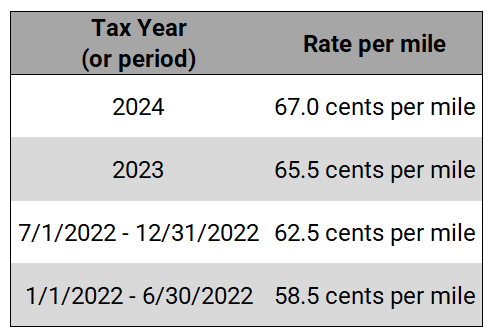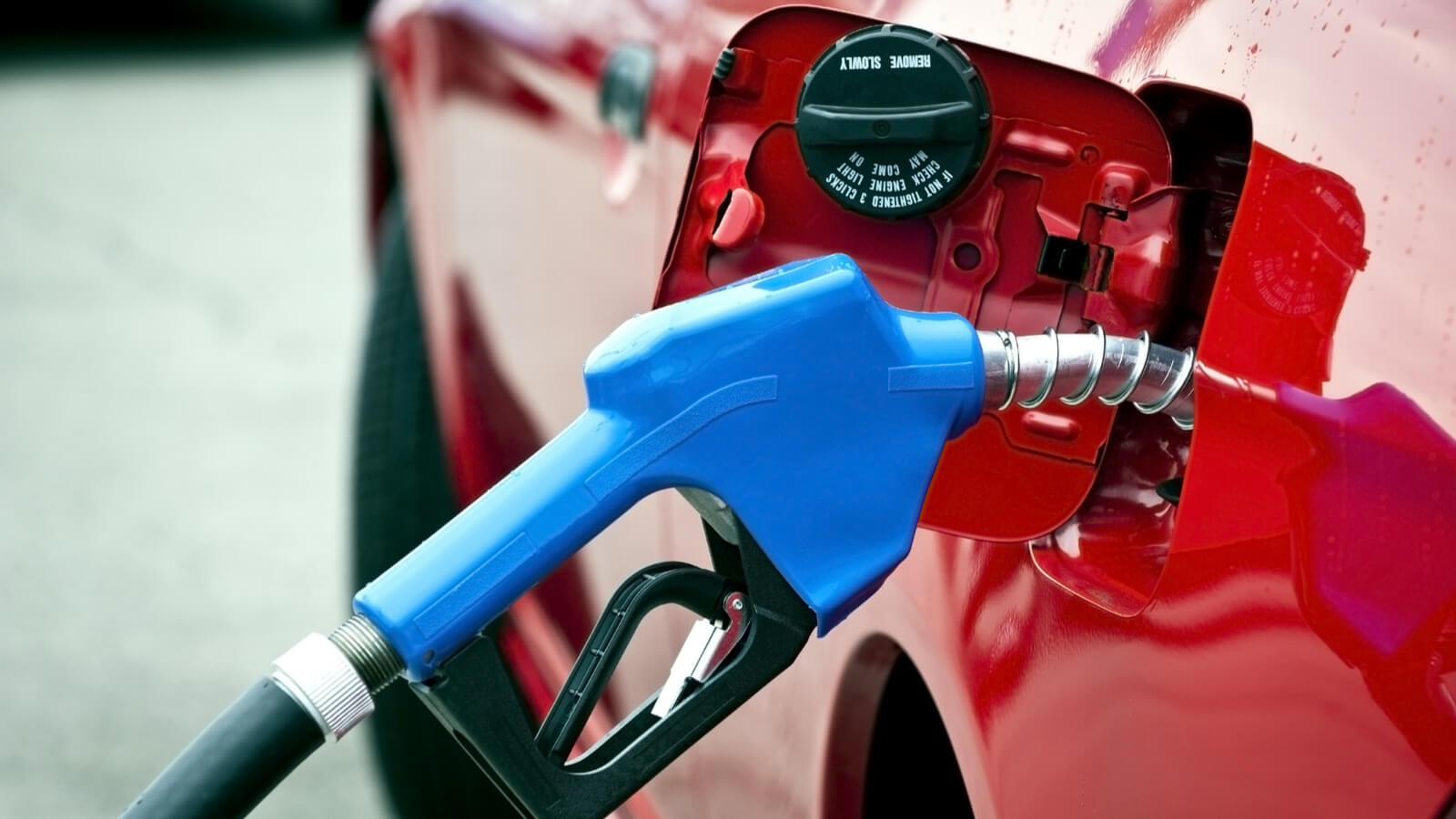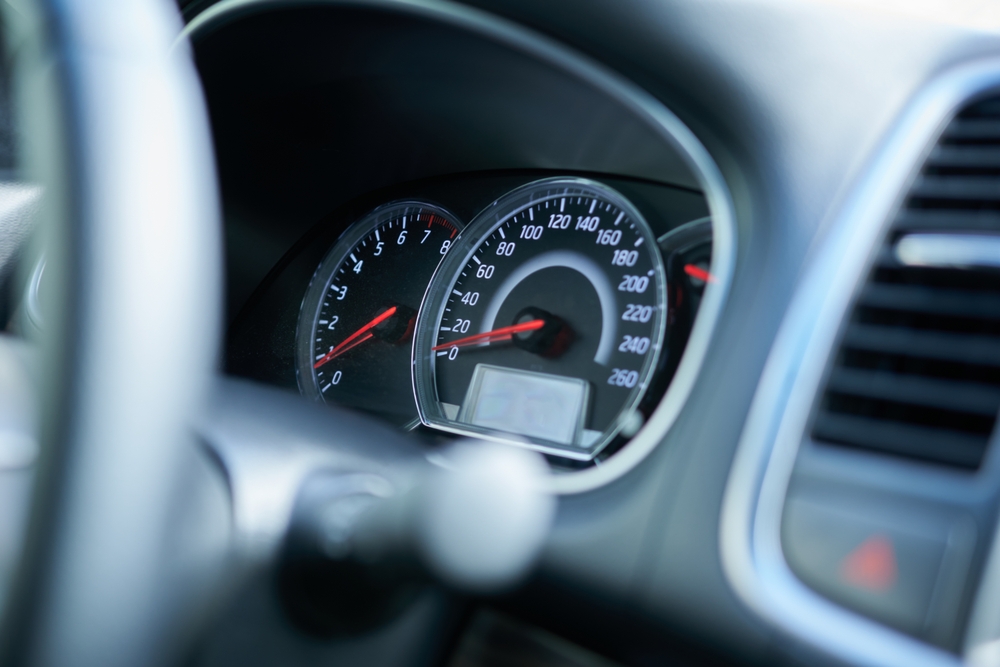In most cases, small business owners can save more by deducting actual expenses instead of standard mileage.
Business owners have flexibility when it comes to deducting the cost of using their vehicle for business purposes – but that flexibility can cause confusion.
There are two ways business owners and independent contractors can deduct their vehicle costs:
- Standard mileage rate method
- Actual expenses method
In most cases, the actual expenses method can save you more money. However, the standard mileage method is much easier to calculate.
You should always talk to your tax advisor before making any major deduction decision like this one. However, you know your business better than anyone else – so you should weigh the pros and cons of each method beforehand.
Here’s how each method can help you save and who is usually a better fit for each method.
What is the standard mileage method?
The standard mileage method allows you to deduct the cost of using your vehicle solely with your mileage number. To calculate your standard mileage deduction, you multiply the number of miles you drove for your business – the commute to and from work doesn’t count – by the rate the IRS sets for the tax year.

For the 2022 tax year, there are two standard mileage rates: one for the first half of the year (58.5 cents), and another for the second half of the year (62.5 cents).
In order to take the standard mileage deduction, you should be keeping track of your personal mileage and business mileage. It’s easy to do this with mileage tracking apps like Everlance or MileIQ.
What is the actual expenses method?
The actual expenses method allows you to deduct many of the costs associated with using your vehicle, including:
- Gas
- Depreciation
- Repairs
- Fees
- Insurance
- Lease payments
- Oil
- Tires
You calculate your actual expenses deduction by adding up your eligible costs, and then determining what percentage of your vehicle was for business use. You can keep track of the expenses by keeping photos of receipts.
You can track how much your vehicle was used for business by using a mileage tracking app. That’s why it’s important to keep track of and categorize your mileage correctly regardless of which deduction method you use.
Then, you take your total expenses and multiply them by your vehicle’s business-usage percentage.
When should I take the standard mileage deduction?
|
The standard mileage deduction is an easy way to save during tax season, but it usually saves business owners less than the actual expenses method – depending on your business.
This method is best reserved for business owners or independent contractors that drive a lot as part of their job. Some common examples are Uber or Lyft drivers and real estate agents driving back and forth between properties.
Even if driving is a big part of your job, it’s still worth calculating how much you can deduct with the actual expenses method. You might have racked up a lot of business miles, but if you made expensive lease payments or spent more than usual on repairs one year, deducting actual expenses may save you more.
| 🚗 Note: Even if you take the standard mileage deduction, you can still deduct other vehicle-related expenses, like tolls, parking fees and car washes. |
If you’re a first-year business owner, however, it may be best for you to take the standard mileage deduction. By taking the standard mileage deduction your first year, you have the option to switch to the actual expenses deduction method in the future. However, once you choose to take the actual expenses deduction, you’re committed to that method moving forward.
That means that if you take the actual expenses deduction method in your first year, you’ll have to use that method throughout the life of your business – even if it saves you less in taxes.
When should I take the actual expenses deduction?
|
The actual expenses deduction can typically save you more than the standard mileage deduction in cases where driving isn’t a crucial part of your business.
That’s because many small business owners spend a lot more on their vehicle than they think. Being able to pull from several areas of expenses – like gas, repairs and other categories listed above – can create more opportunities for you to save.
Using the actual expenses method requires more meticulous record keeping than the standard mileage method. You need to keep photos or records of receipts for your deductible expenses – and track your mileage on top of that to determine the business-use percentage of your vehicle.
Keep in mind that once you use the actual expenses method, you can’t switch to the standard mileage deduction in the future. That’s why it’s so important to talk to a CPA before filing your first tax return – you might make a decision that affects you all throughout your future.
Standard mileage deduction vs. actual expenses deduction: Which is better?
The best deduction method for you depends on your business and specific tax situation – so it’s best to talk to your tax advisor.
In general, business owners that aren’t required to drive frequently for their work usually save more with the actual expenses method. It takes more documentation and effort to deduct, but you can deduct a broader range of expenses.
If you’re a business owner or independent contractor whose job does require a lot of driving, then you should consider taking the standard mileage deduction. It’s the much easier deduction to make, but you still have to do some record-keeping by tracking your mileage. Our favorite app to help you with this is Everlance.
The bottom line
The IRS lets business owners and independent contractors decide how they want to deduct the cost of using their vehicle – but that choice can be a difficult and confusing one to make.
The two methods, the standard mileage method and the actual expenses method, can be best for different types of business owners. Before you choose a method, talk to your tax advisor to see which one is best for you so you can save now and in the future.
Need help choosing which method to use? Schedule a free call with a DiMercurio Advisors team member today to get in touch with an expert who can help you decide which deduction is right for you and build a long-term tax strategy that saves you time and money.








